Biting into tough chicken feels like getting punished for trying to eat healthy, right? You’re definitely not alone. If you’ve chewed your way through a plate of rubbery chicken, it’s not because you can’t cook. Some chicken is just made that way. Age, breed, and how the bird lived all shape the texture—and sometimes it’s downright stubborn.
Old laying hens and heritage breeds raised in someone’s backyard usually top the chart for “toughest chicken meat.” That’s way different from the soft, pale chicken breasts sitting pretty at the supermarket. Grocery store chickens—mostly young, fast-growing broilers—are processed before the muscles ever get much action.
But if you’ve ever gotten a bird from a farmer, a backyard coop, or just picked up something labeled “stewing hen,” get ready for some jaw work. The meat can take on a dense, almost stringy quality that doesn’t magically disappear with grilling or baking. The upside? These tougher chickens pack more flavor—if you know how to work with them. Stick around, and you’ll find out not just which chicken is toughest, but how to make it tender and mouthwatering anyway.
- What Makes Chicken Meat Tough?
- Toughest Breeds and Ages Explained
- Why Supermarket Chicken is So Tender
- How to Make Tough Chicken Juicy
- Best Recipes for Old or Chewy Chicken
- Quick Tips for Home Cooks
What Makes Chicken Meat Tough?
If you're tired of fighting with your knife and fork, you're probably dealing with chicken that's naturally tough. The main culprits? Age, activity, and how the chicken is raised. Older birds, especially those used for laying eggs, have muscles that get a real workout. All that muscle-building means more collagen, which turns into chewy, dense meat after cooking.
Another big reason for tough chicken meat is breed. Heritage breeds and free-range birds are outside, moving around all day. Their legs and thighs are built for walking, not just sitting in a pen. That makes a difference compared to the plump, young broilers you see in supermarkets, which are processed at just 6 to 8 weeks old before their muscles ever get tough.
- Age: An older chicken (think stewing hen or rooster) will always be tougher than a young broiler.
- Activity: The more a chicken moves and uses its muscles, the more connective tissue builds up.
- Breed: Birds bred for fast meat production stay tender, while traditional breeds develop dense muscle.
- Cooking Method: Quick roasting or grilling makes tough cuts even tougher. Slow, moist heat helps break down all that collagen.
If you want the nitty-gritty details, here’s a cheat sheet:
| Chicken Type | Age at Processing | Usual Texture |
|---|---|---|
| Supermarket Broiler | 6-8 weeks | Very tender |
| Free-range Hen | 6 months+ | Firm to tough |
| Stewing Hen | 12 months+ | Very tough |
| Rooster | Varies (older) | Chewy and dense |
So next time you wonder why grandma's old hen seems impossible to bite through, just know it’s worked out more in a year than most chickens do in their whole lives. That doesn’t mean it’s bad meat—just that you’ve got to change your game plan in the kitchen.
Toughest Breeds and Ages Explained
If you’re hunting for the toughest chicken meat, you’ll usually find it from older chickens and certain breeds that live long, active lives. Most of the chewy birds are what farmers call stewing hens or spent hens—those are egg-laying chickens that have stopped producing eggs, usually at 1.5 to 3 years old. By that age, their muscles have done way more work than a six-week-old supermarket broiler, so the texture gets dense and resilient.
Heritage or traditional breeds (think Rhode Island Red, Leghorn, and Plymouth Rock) have it even tougher. These chickens are raised slower and often have lots of open space to run around. Compare that to common broiler chickens like Cornish Cross—those are bred to grow big, fast, and soft. The more movement and age, the tougher the bite—but it comes with deeper, richer flavor.
Here’s a quick comparison:
| Type of Chicken | Age at Processing | Meat Texture | Flavor Intensity |
|---|---|---|---|
| Broiler (Cornish Cross) | 6-8 weeks | Very tender | Mild |
| Free-range/Heritage | 12-24 weeks | Moderately tough | Medium to strong |
| Old Hen (Stewing Hen) | 18+ months | Very tough | Strong |
If you ever see "rooster" or "capon" at a specialty market, expect a firmer bite too. Roosters are kept even longer than hens and are way more muscular, while capons are young, but their size still makes the meat a little sturdier.
Bottom line? The older and more active the chicken, the chewier the meat. If you want that traditional, deep chicken flavor your grandma swore by, you’ll have to work with a bird that isn’t shy about making your jaw do a little extra work.
Why Supermarket Chicken is So Tender
You ever notice how store-bought chicken basically melts compared to that backyard bird your neighbor gave you? It’s not an accident. The big difference comes from the way industrial chicken is bred and grown. Most supermarket chicken comes from broilers, which are bred to grow really fast—sometimes going from hatchling to supermarket shelf in just six to eight weeks. That short life means the muscles barely get worked, so the meat stays soft and “tender.”
Another big reason: processing methods. Commercial operations chill chickens quickly after slaughter, which helps keep the muscle fibers relaxed. Some processing plants even inject chicken with a little saltwater (this is called “plumping”). That extra water can make the meat seem even juicier and softer, though it’s not doing your wallet any favors since you end up paying for water weight too.
Compare this to a chicken that’s run around a farmyard for a year or longer. Muscles get more exercise, so the texture turns out firmer and even a bit chewy. But a supermarket broiler doesn’t have a chance for that – just soft, easy-to-cook meat every time.
| Type of Chicken | Age at Slaughter (Weeks) | Texture |
|---|---|---|
| Supermarket Broiler | 6–8 | Very tender |
| Free-Range/Farm Chicken | 20+ | Chewy, firm |
| Old Laying Hen | 60+ | Very tough |
If you spot plump, perfectly even chicken breasts in the case, that’s no accident either. Breeding for size and fast growth means modern broilers have oversized breasts compared to old-school chickens. But that shortcut comes at a cost: less flavor and less “bite.” The intense tenderness of tough chicken meat is really just the result of a life spent barely moving. If you want flavor, sometimes you’ve gotta chew a little harder.
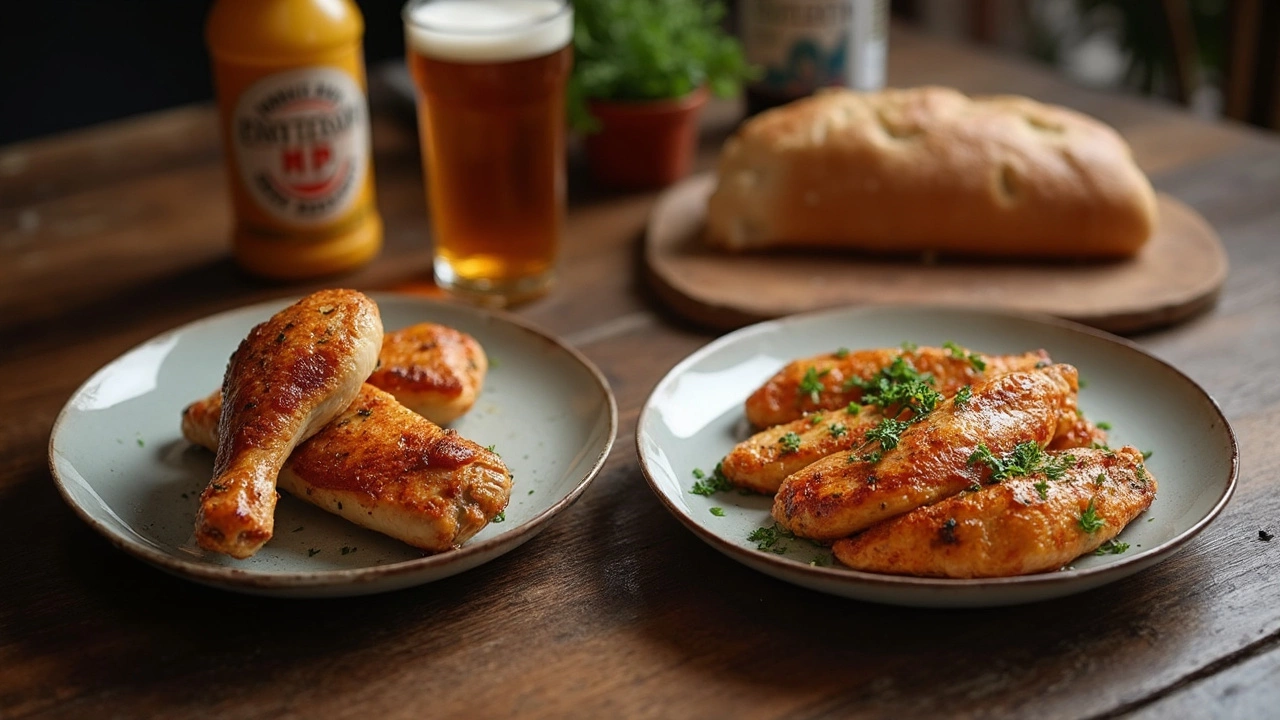
How to Make Tough Chicken Juicy
If your chicken meat feels like chewing tire rubber, you need some kitchen hacks—fast. Most people run into tough meat with old hens or backyard birds, not the soft supermarket stuff. The good news? You can still get juicy, tender results if you use the right methods. Here’s what cooks and butchers always say: the slower you cook it, the better it will be.
When dealing with the toughest chicken meat, low and slow is the golden rule. That means longer cooking times at lower heat. Think simmering or braising, not dry-roasting or grilling. Tough chicken needs time for all those muscle fibers and connective tissues to break down and get tasty—just like with that fall-off-the-bone pot roast.
Check out some common ways to make chewy chicken tender:
- Braise or Stew: Add liquid, cover, and cook for a few hours. Soups, curries, and coq au vin work great.
- Slow Cooker: The easiest way to turn any old bird into something you can shred with a fork.
- Pressure Cooker: Speeds up the process but gives you the same tender results. Perfect for busy folks.
- Cut into Smaller Pieces: The smaller the pieces, the less time they need to soften. Think tacos, enchiladas, or chicken salad.
- Wet Marinades: Marinate “stewing hen” meat in yogurt, buttermilk, or vinegar-based mixes for several hours to help soften things up before you cook.
For a quick look at how cooking times and results change with cooking methods, here’s a cheat sheet:
| Method | Cook Time | Juiciness (1-5) | Best For |
|---|---|---|---|
| Braising | 2-4 hours | 5 | Old hens, backyard birds |
| Slow Cooker | 6-8 hours (low) | 5 | Stewing hens, tough cuts |
| Pressure Cooker | 30-45 minutes | 5 | Any tough meat |
| Grilling/Baking | 30-60 minutes | 2 | Young, tender meat only |
Here’s one last thing to keep in mind: don’t waste good stock! Tough chicken bones and scraps are awesome for making broth thanks to all that collagen. So after you’ve slow-cooked or pressure-cooked your chicken to juicy perfection, toss what’s left into a pot with water, veggies, and let it simmer for extra flavor insurance.
Best Recipes for Old or Chewy Chicken
So, you’ve got yourself some tough chicken—usually the old hens, sometimes a backyard rooster. It’s actually perfect for a few classic recipes that turn that stubborn meat into something you’ll want more of. The secret? Low and slow cooking. Moisture and time work together to break down those tough fibers and loosen everything up.
Here’s where dishes like coq au vin (basically chicken braised in wine) or classic chicken stew really shine. These meals aren’t just old-school—they were invented because people needed ways to use up these tough birds. Another go-to is chicken and dumplings, where the meat simmers until it’s falling apart, soaking up all those flavors from the broth and veggies.
Want some numbers? According to USDA guidelines, stewing hens are usually older than 10 months and can take three or more hours to become tender, compared to 30–45 minutes for young broiler chicken meat. That’s a big difference and explains why you simply can’t rush it.
- Tough chicken meat does best in recipes with lots of liquid: think soups, curries, and braises.
- Crockpots or Dutch ovens work great because they trap moisture and keep flavors busy getting into every bite.
- Adding vinegar or a splash of wine helps break down the connective tissue more quickly.
Here’s a super-simple recipe outline for old chicken:
- Brown cut-up chicken pieces in a bit of oil. Don’t skip this—it adds flavor.
- Add a mix of chopped onions, carrots, and celery to the pot.
- Pour enough broth, water, or wine to mostly cover the chicken.
- Bring it to a simmer, then cover and cook on low heat for 2–3 hours. Test a piece—if it’s not tender, keep going.
- Season with salt, pepper, and anything you like. Shred or pull the meat for use in tacos, casseroles, or sandwiches.
| Chicken Type | Age (months) | Common Use | Recommended Cooking Time |
|---|---|---|---|
| Broiler (Supermarket) | 6–8 weeks | Grilling, frying, roasting | 30–45 min |
| Stewing Hen | 10+ months | Braising, soup, stew | 2–4 hours |
Bottom line: Don’t toss that chewy chicken. With the right recipe and a little patience, it’ll end up tender and real flavorful—plus, you’ll save money by using every bit.
Quick Tips for Home Cooks
If you’ve scored a chicken with the toughest meat, don’t panic—there’s a lot you can do before it ends up as a workout for your jaw. It’s all about technique and patience.
- Tough chicken meat needs low and slow cooking. Skip the grill and roasting pans. Instead, go for braising, stewing, or slow-cooking. Moisture and time help break down the muscle fibers and collagen, leaving you with juicy, fall-apart chicken after a few hours.
- If you want to make stock or soup, don’t rush it. Use the entire bird, bones and all, and simmer it gently for hours. Old hens and roosters make ridiculously rich, healing broths—the long cooking pulls all the flavor out.
- Acid helps. Marinades with vinegar, lemon juice, or even buttermilk can help soften up those stubborn fibers. Let the chicken sit in the fridge with your favorite marinade for 12-24 hours before cooking for the best results.
- If you must bake or fry, try pounding the meat thin with a mallet. This breaks up the muscle structure, so you bite into a tender piece instead of a chew toy.
- Cut across the grain. When it’s time to serve, slice or shred against the direction of the muscle fibers (you’ll see them). This makes every bite easier to chew.
- Don’t skip seasoning. Salt draws out moisture, but if you salt early and give it time (even a couple of hours in the fridge), it lets moisture—and flavor—back in for a juicier bite.
Even with the toughest chicken, the right move in the kitchen can turn a potential flop into a rich, hearty meal. The key is not to rush it and not to treat it like the plastic-wrapped supermarket birds you’re used to. Armed with these tips, chewy chicken doesn’t stand a chance.
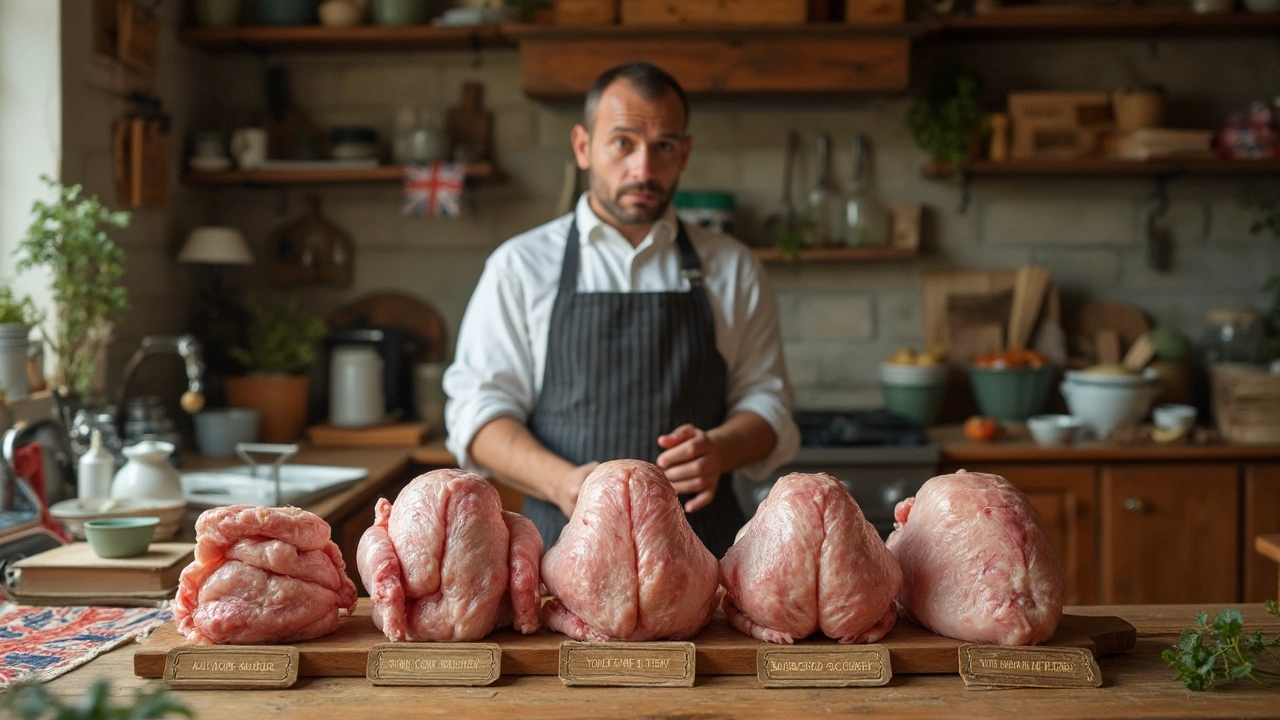


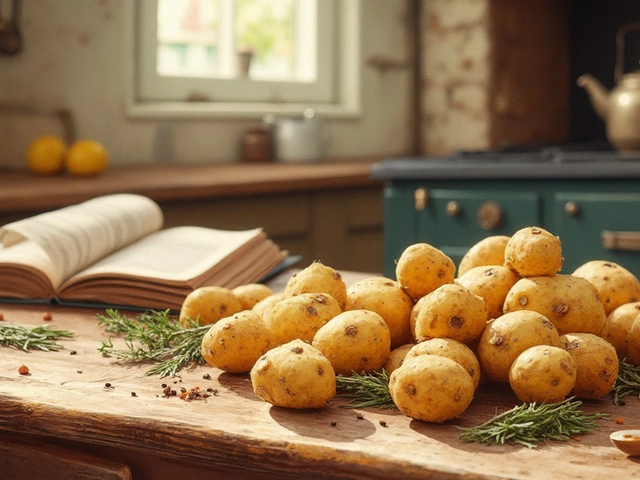
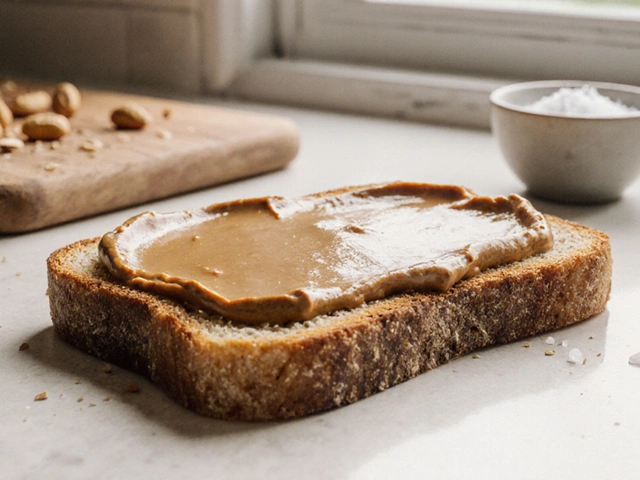
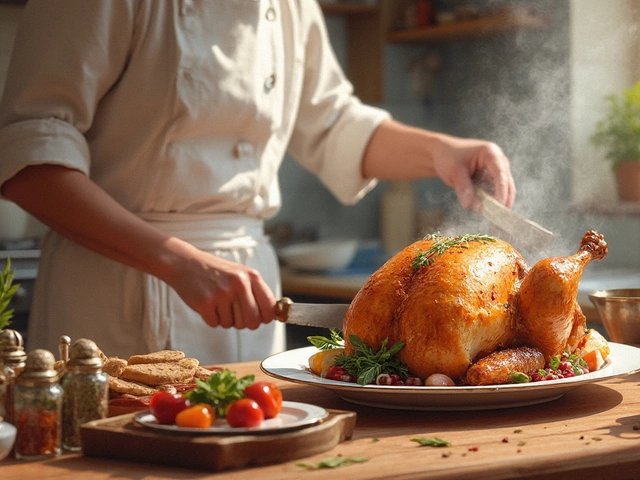
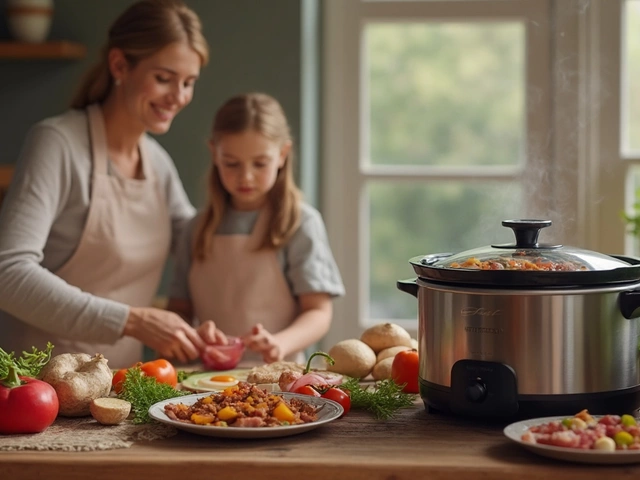
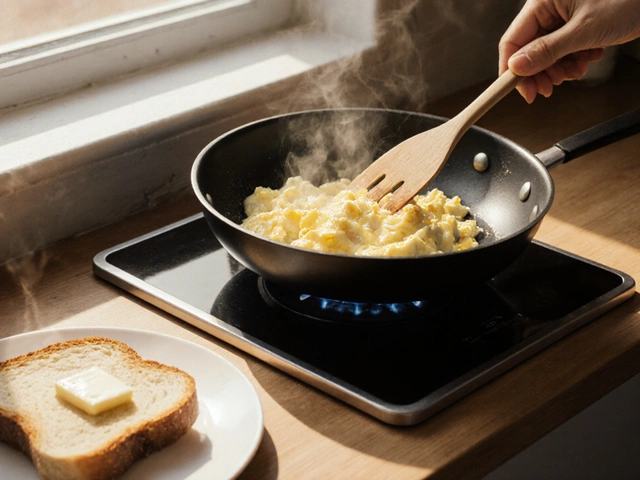
Write a comment